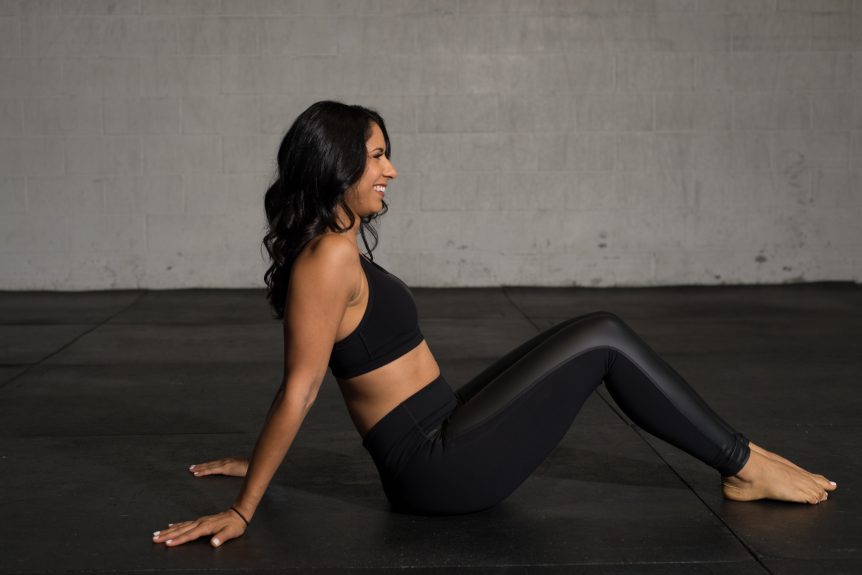You know what will never get old in the fitness world?
Confusion.
Confusion about diets, confusion around exercise, and my new favorite, confusion around mobility techniques.
The deeper we go into the health and fitness world, the more we realize that there are a thousand and one “solutions” for a single problem. I personally don’t mind having so many options, but then again, this is my livelihood. I live for books about training, coaching, and muscle. But for the regular person paying upwards of $300 a month on one-on-one training, all that information is overwhelming, messy, noisy and likely, easier to ignore than implement.
Mobility and muscle activation techniques have been around for a long time, but with so many books, resources and tools out there already, how do we know what to do under normal time constraints? I certainly don’t want to spend $50 on a fancy foam roller, spend 20 minutes reading through a manual on how to use it and then another 30 minutes trying to implement it before tossing it all in the trash.
I want quick.
I want effective.
Damnit, I want to lift weights, not sit around mobilizing all my muscles to death!
With that said, I do have a new mobility drill to introduce to you.
But Trish, you just said…
I know, I know. There’s too much out there already, but listen up. Movement preparation is important no matter what, and when it comes to big-bang-for-your-buck techniques, I’m sticking with drills that get me, and my clients, to the workout as quickly as possible.
What can I say, I created something out of necessity and sheer impatience, but it’s been working great among me and my clients as it hits several common energy leaks at once, mainly:
- Anterior core stability
- Scapula isolation and stability
- Lumbar control and neutral spine
- Ankle mobility
Enter….the The TD Mobility Drill
Or TD Mobs for short.
There are three phases to this drill. Each phase focuses on a particular activation or mobility aspect from the four points above, with the very last one combining all of them into one. Lumbar control and neutral spine is required for all three phases, which is why it doesn’t get it’s own phase. Watch the video, then let’s break it down.
Phase 1: Knees off ISO hold
- Start with your knees directly under the hips, shoulders over wrists, and spine neutral
- Lift the knees off the floor about an inch or so without making any changes to the spine, head or shoulders.
- The abdominals pull the knees off the floor while you simultaneously push throw the palms against the floor to keep the entire belly and back braced.
- Hold for 1-3 seconds and return to the floor. Repeat 2-3x
Phase 2: Scapula isolation
- Draw the navel up and in to keep the spine in neutral.
- Protract and retract the shoulder blades, like you’re pushing the floor away and then returning back to neutral
- Avoid moving the head up and down or dumping the belly towards the ground while you move. Repeat 5-8x.
Phase 3: Full TD Mob with ankle and calf stretch
- The movement starts with the knees lifting off the ground first (phase 1)
- Push the heels down towards the floor to initiate the calf and tendon stretch
- Do not push the hips back like a downward facing dog. You want to focus on driving the heel down to get as must stretch around the ankle as possible
- On the return, bend the knees in and focus on pulling the knees from the lower abdominals while keeping your belly braced and spine netural the whole time.
- Allow the knees to hover over the floor. They never come down.
- The shoulders remain packed the whole time.
- Repeat by driving the heels back and down again.
- Repeat this a few times and GO SLOW! After a few reps, you should start sweating a bit and feeling a lot of work in your belly and back while you get the stretch in your body.
After testing this out with my clients, I find that I can get through our warm-ups drills a lot quicker and get some time for recovery work as well. I’ve also used this drill in between lifts during rest periods to train stability and muscle activation around the spine and shoulders without overloading the body.
Boom! Go give this one a try. Tell me what you think!

